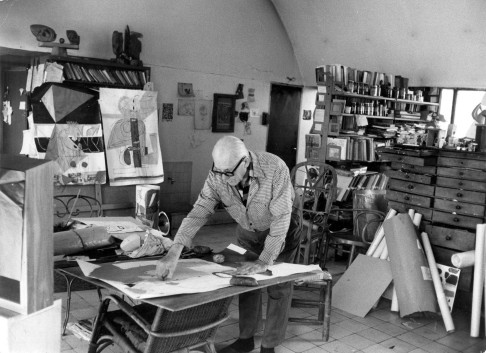
As Hong Kong hosts Le Corbusier retrospective, new books stir up fascism row
Curator of Hong Kong exhibition brushes off claims about modernist French architect's collaboration with Nazi regime, and says his focus was firmly on human progress
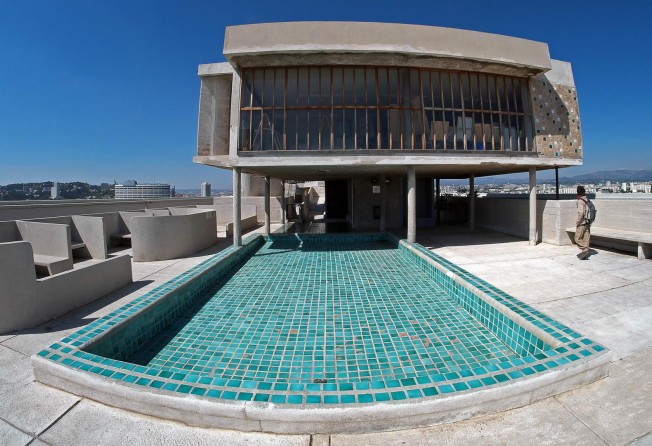
The timing of Hong Kong's first major retrospective of pioneering French architect Le Corbusier, which opened earlier this month at City Hall in Central, is as remarkable as the content of the exhibition.
Not only does this year mark the 50th anniversary of his death by drowning, but the exhibition coincides with the publication of controversial books in Europe that accuse the giant of modern architecture of anti-Semitic and extreme right-wing political sympathies.
In the first of these scandal-raising books, Le Corbusier, Un Fascisme Français, writer Xavier de Jarcy claims that Le Corbusier never renounced the fascist ideals he embraced in the 1920s and that he was a supporter of Marshal Pétain and the Vichy regime, the French government that collaborated with the Nazis. In fact, de Jarcy describes the architect as an "outright fascist".
In Un Corbusier, architect and academic François Chaslin, an admirer of the architect, is unforgiving in his forensic analysis of Le Corbusier's links to fascist groups and ideologies. He says that at one stage Le Corbusier maintained an office for 18 months under the Vichy government.

These are more than personal allegations because they imply not only that Le Corbusier was a Nazi collaborator during the second world war, but also that a fascist aesthetic influenced his work. In short, his vision of the perfect building or urban design was at least partly based on authoritarianism, elitism and racism.
However, these allegations have been rejected by the Hong Kong exhibition's curator, Pascal Mory, a Paris-based historian and architect, who says he is proud to share his passion for Le Corbusier with the people of Hong Kong during Le French May. "He was an architect who wanted to make progress in humanity. Through this exhibition, one will understand more about Le Corbusier and why he was so important in the 20th century."
The claims made international headlines because of the towering profile of Le Corbusier and his reputation. If any professional architect was asked to list their most significant influences of the modern era, his name would almost certainly appear, along with Frank Gehry, Ludwig Mies van der Rohe and Frank Lloyd Wright.
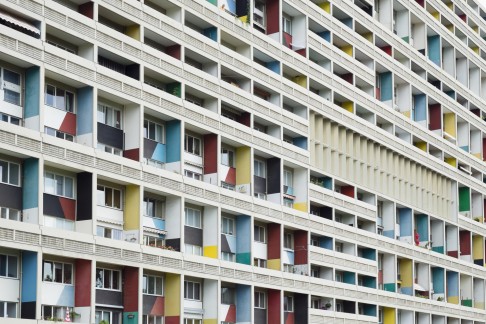
Le Corbusier embraced functionalism, rejecting excessive and flamboyant non-structural ornamentation. He was well-known for his designs for residential buildings and famously described a house as "a machine for living in". Part of his legacy is based on his determination to provide better living conditions in crowded cities. He was influential in urban planning, being a founding member of the Congrès International d'Architecture Moderne.
"Le Corbusier really believed in the idea of progress, and how it can, and must, remain a determining factor in political and social planning," says Mory.
The Hong Kong exhibition segments his life and prolific work into five chronological sections. The diversity of Le Corbusier's work is striking, with bold abstract paintings, intricate drawings, artistic publications, tubular furniture, urban planning models and even tapestries on display. "He was much more than an architect; he was an artist, a writer and a designer. The exhibition reflects this and shows the links between his art and his architecture," Mory says.
Le Corbusier was born Charles-Édouard Jeanneret-Gris in Switzerland in 1887 and, as Mory points out, he really should have been a watch designer and decorator like his father. Instead, he pursued his wider passion for art and design.
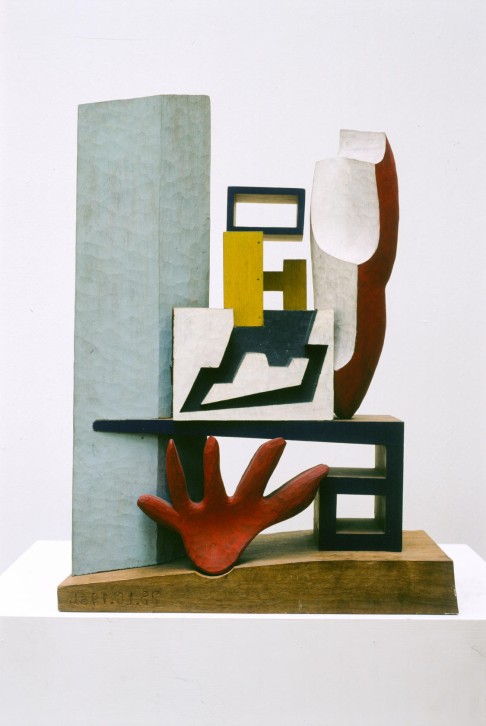
During the first world war, Le Corbusier returned to Switzerland, and it was during these four years that he worked on theoretical architectural studies using modern techniques, including the design of the Dom-Ino House. This innovative model, which forms part of the exhibition, proposed an open floor plan consisting of concrete slabs supported by a minimal number of thin reinforced concrete columns with a stairway providing access to each level on one side of the floor plan. "This is one of the most interesting architectural ideas of the 20th century," says Mory.
After the war ended, Le Corbusier returned to Paris (he later became a French citizen) and met his intellectual collaborator, Amédée Ozenfant; together they formed the Purist movement that rejected the cubism tradition as "irrational" and "romantic". It was within the pages of their Purist journal, L'Esprit Nouveau, that the pseudonym Le Corbusier (an altered form of his maternal grandfather's name, Lecorbésier) first appeared. It demonstrated Le Corbusier's belief that anyone was capable of personal reinvention.
The sheer scale of Le Corbusier's work is immense, and it must have been a challenge for Mory to filter his prolific body of work to something digestible for the Hong Kong public. "There are more than 40,000 of his drawings in the archive, but I have chosen just 200 for the Hong Kong people," says Mory.
He explains Le Corbusier's "five points of architecture", first outlined in L'Esprit Nouveau. These points are illustrated in his distinctive residential buildings that were designed for a select Parisian clientele in the years after the first world war. They are perhaps best illustrated by the Villa Savoye, built on the outskirts of Paris in 1929-31, which is now recognised as perhaps the most famous modernist house in the world.
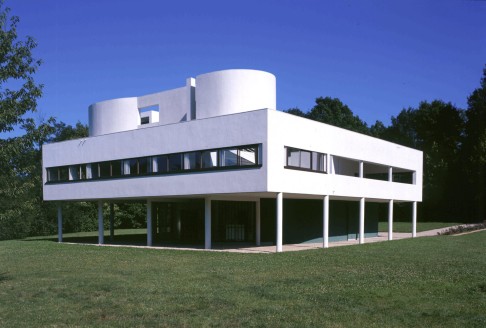
As Mory explains, firstly the bulk of the building was elevated on columns that provided the structural support. Secondly, horizontal rather than vertical windows allowed maximum natural light to penetrate the interior. Thirdly, a flat roof allowed for a roof garden, and fourthly the interior was "free plan" or open plan so that living space could be flexible. Finally, it is a free facade, meaning the external walls were non-supporting so that the architect could put them where he wished. It was radical, functional, modern and brilliant.
Not everyone is a fan, though. Le Corbusier has been associated with the social disintegration caused by the soulless high-rise concrete residential estates that European countries saw as the solution to the housing crisis after the second world war. And, appropriately enough for a Hong Kong audience, the exhibition includes some of his visionary designs for high-rise living including a striking two-metre-high wooden model of a high-rise office block designed for the business sector of Algiers, Algeria, in 1938.
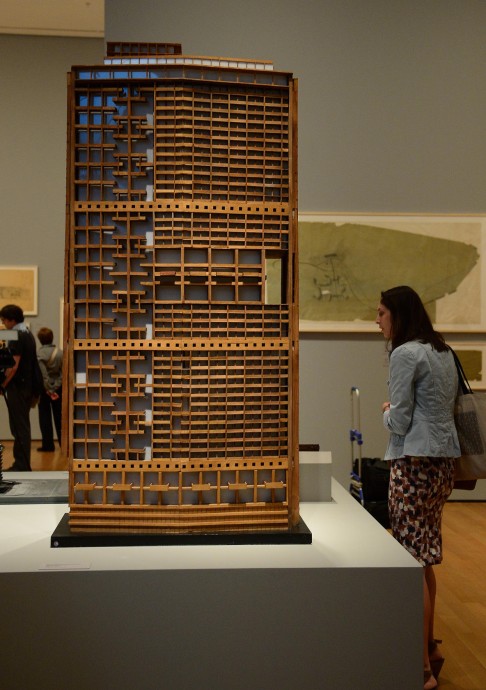
"He pioneered the concept of the skyscraper, but he never had the opportunity to build one for real," says Mory. He describes Le Corbusier as a visionary who worked tirelessly to see those ideas come to fruition. "He never stopped believing in his dream even if it took 20 years to realise," Mory says.
The curator is not unduly alarmed by the controversy regarding Le Corbusier's extreme political views. "This is not new. His political views are just a small part of his life and not important to his work. He was close to the Petain government … because he wanted to be close to power for the implementation of his ideas - not because he shared their ideology."
"It was probably a mistake to be that close, but he did not believe in politics; he just wanted to realise his ideas. It is not as simple as it looks," Mory says.
Half a century ago in August, Le Corbusier went for a swim in the Mediterranean Sea near the modest beach cabin that he had designed himself as a studio and summer retreat. His body was later found by other swimmers. His funeral took place in the courtyard of the Louvre Palace on September 1, 1965.
It was American president Lyndon Johnson who said: "His influence was universal, and his works are invested with a permanent quality possessed by very few artists in our history."
Le Corbusier - Modern Architect Giant is on at City Hall until May 28
For this story and more, see The Review, published with the Sunday Morning Post on May 17